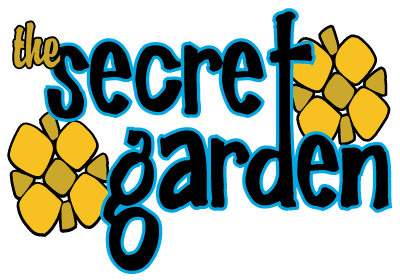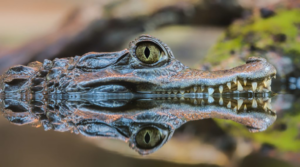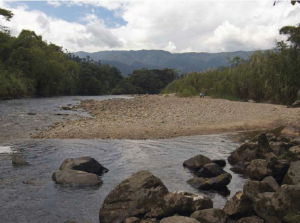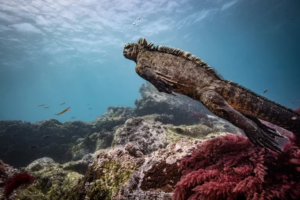Ecuador has many natural attractions which makes this country a wonderful place to visit. In the Kichwa Añangu community, located in the Yasuni National Park, near the southern bank of the Napo River is the Saladero de los Loros.
The first word that would come to anyone’s mind when hearing the word “saladero” would be “salt”, then, an easy explanation to describe them is as a natural formation caused by erosion, where flocks of parrots, parakeets and macaws come daily to consume minerals from the earth to improve their digestion of food such as fruits and seeds, generating a natural spectacle that consolidates a tourist attraction that amazes tourists. These spaces are randomly distributed and can occupy a wall of several meters, or simply a pool of mud and water. A large number of species can be found fluttering in these areas, among them: the dark-headed parakeet, the white-eyed parakeet, the blue-headed parrot, the yellow-crowned Amazon parrot and the Mealy’s parrot.
One would say: what’s so special about this? Well, because of its high concentration of mineral salts this place generates one of the most beautiful events that can be seen in nature, hundreds of parrots or blue-yellow macaws. Their food consists mainly of seeds and nuts found throughout the rainforest, but at a potential cost: the parrots need to keep toxins within their system, as a result of ingesting a variety of different nuts and seeds, at manageable levels. This is where the clay lick comes in.
A clay lick, also known as a Collpa (the Quechua word for salt lick), are patches of soil that are abundant in minerals, particularly sodium, that help neutralize toxins that develop as a result of a parrot’s diet.
Consequently, clay lilacs are frequented by a number of parrots almost every morning to scratch and drink mud and water.
Each day they consume whole chunks of clay, typical Amazonian rainforest soil, and thus complete their diet as an exquisite natural antacid and digestive. Generations of different species of birds have kept this custom in force, so much so that some salt licks that used to be walls, and have been “active” for several years, are now caves of a few meters deep formed only by the intense animal activity. These natural spaces have generated an amazing spectacle of fusion between flora, birds and the land of the Ecuadorian Amazon.
This site has become a point of observation and study of this group of birds where there is a hut or hut built especially for the observation of birds that allows to obtain photographs, videos and recording of the vocalizations of parrots.




